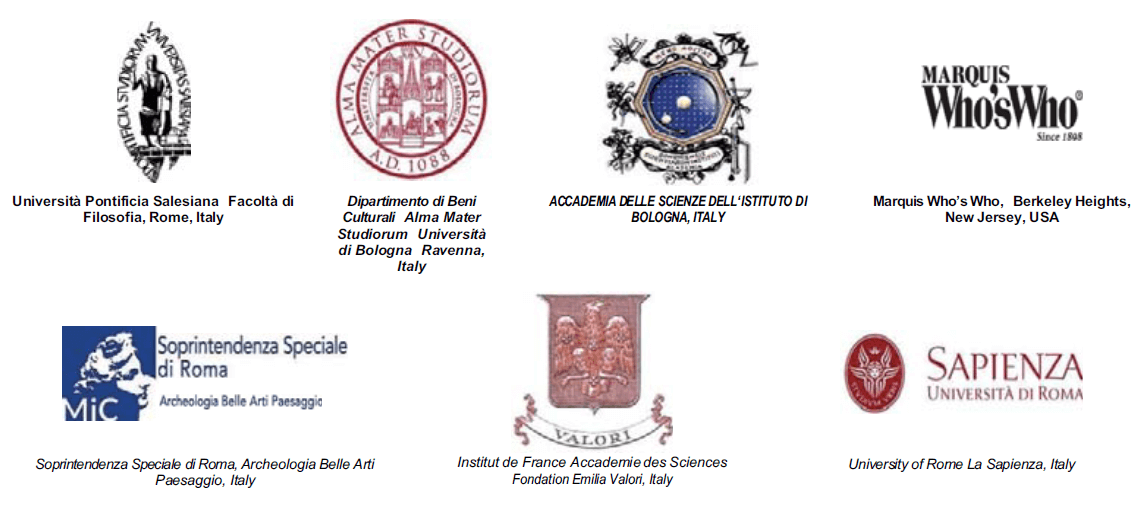Integrated techniques to evaluate the features of sedimentary rocks of archaeological areas of Sicily
DOI:
https://doi.org/10.6092/issn.1973-9494/570Abstract
Sicily includes a great variety of lithologies, giving a high complexity to the geologic landscape. Their prevalent lithology is sedimentary. It is well known that rocks of sedimentary origin, compared with metamorphic and volcanic deposits, can be relatively soft and hence fairly easy to model. Nevertheless, this workability advantage is a drawback for Cultural Heritage applications. In fact, these materials show a high porosity, with pore-size distributions that lead to deterioration through absorption of water. In this paper, several sedimentary rocks used in historical Cultural Heritage items of Sicily, from "Magna Graecia" to nowadays, are classified for mineralogical features, chemical composition, and for porosity. Particularly, some samples collected in quarries relevant to the archaeological sites of 41 Agrigento, Segesta and Selinunte will be considered and characterized using integrated techniques (XRD, XRF, NMR and CT). Data on samples obtained in laboratory will be compared with the relevant values measured in situ on monuments of historical-cultural interest of the quoted archaeological places.Downloads
How to Cite
Brai, M., Cimino, A., Raso, G., Schillaci, T., Bellia, S., Lo Casto, A., … Maccotta, A. (2004). Integrated techniques to evaluate the features of sedimentary rocks of archaeological areas of Sicily. Conservation Science in Cultural Heritage, 4(1), 25–42. https://doi.org/10.6092/issn.1973-9494/570
Issue
Section
Articles
License
Copyright (c) 2004 Maria Brai, Antonio Cimino, Giuseppe Raso, Tiziano Schillaci, Stefano Bellia, Antonio Lo Casto, Paola Fantazzini, Antonella Maccotta
Copyrights and publishing rights of all the texts on this journal belong to the respective authors without restrictions. Authors grant the journal right of first publication.
This journal is licensed under a Creative Commons Attribution 4.0 International License (full legal code).
See also our Open Access Policy.






